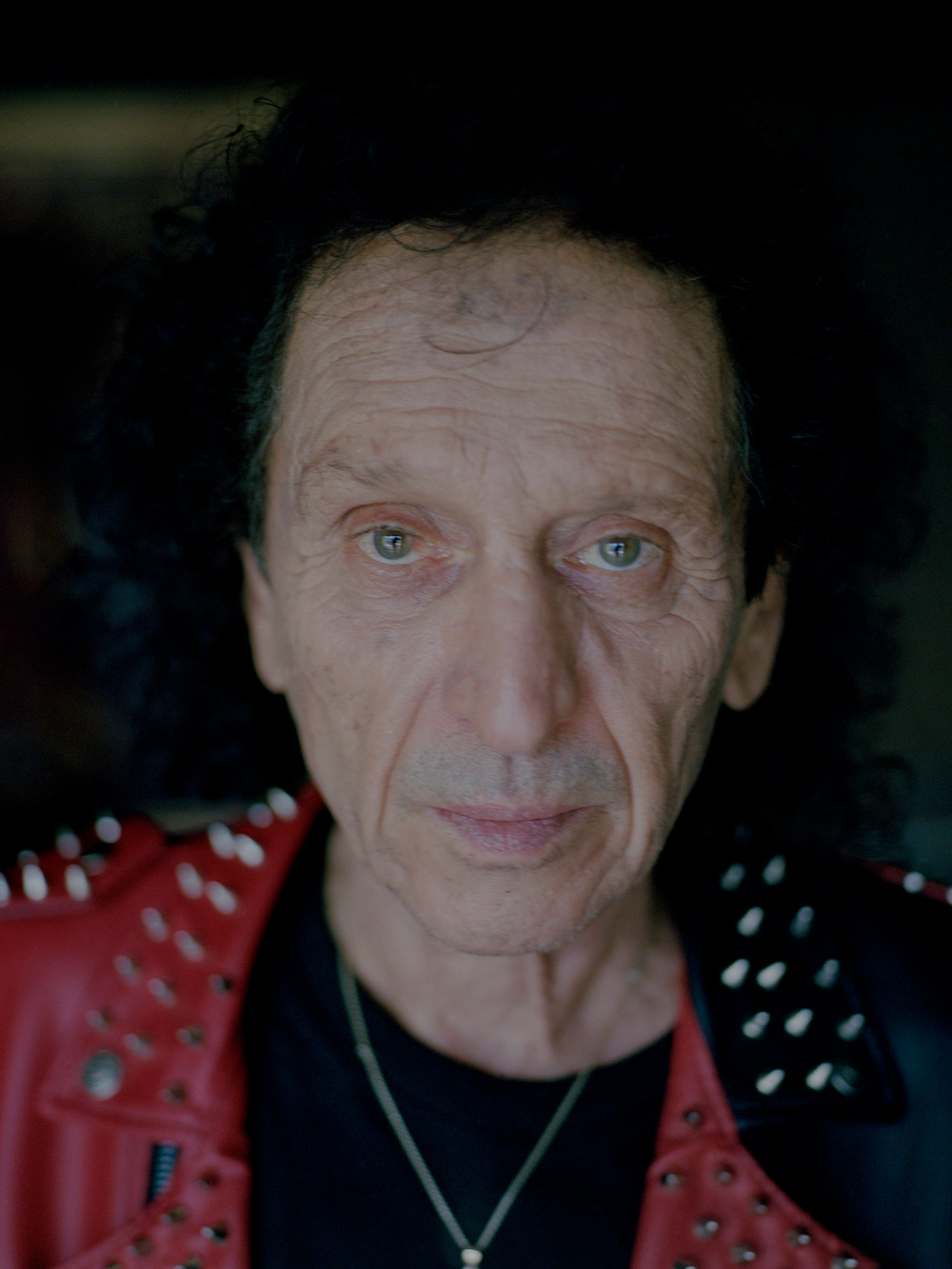In an unassuming property on Periferico on the South Side of Mexico City lies a house that functions as headquarters to a man and his band who have come to define rock n’ roll music in this country. Here, the 69-year-old legend sits in leather pants, boots, a black t-shirt with an image of la Virgin Guadalupe, and a black denim jacket decorated with patches of his band. He’s surrounded by posters, gold record plaques, and other memorabilia from more than 50 years playing rock music. As we settle for our interview, Alex Lora picks up a guitar and starts playing a blues shuffle, the kind of rhythmic riff that has been the backbone of his career—with Three Souls In My Mind, later renamed El Tri–for more than half a century.
Alex Lora is perhaps the longest running figure playing Mexican rocanrol, the proverbial keeper of the flame, going strong after more than 50 years playing the purest form of rocanrol in Mexico: true to the roots of the style to denounce injustices as well as telling tales of popular culture and the downtrodden alike. El Tri have lived through dark days when rock music was basically prohibited to the golden age of rock en español and lived to tell the stories. His most recent album is Qué Chingon, the 53rd entry into their discography, was released on May 5th—Cinco de Mayo—and includes celebrations of Mexican culture, humorous takedowns of authority, and homages to his late friends, Armando Manzanero and Charlie Monttana. They are also currently on tour appropriately named Las Piedras Se Vuelven a Encontrar—a nod to their hit “Las Piedras Rodantes”—has so far taken them to Mexico and the U.S. and soon it will take them to Central and South America, as well as other territories. Even during COVID-19 lockdown they kept gigging, playing online streaming shows as well as a drive-in concert in Toluca. There’s no sign that Lora or El Tri will slow down any time soon.
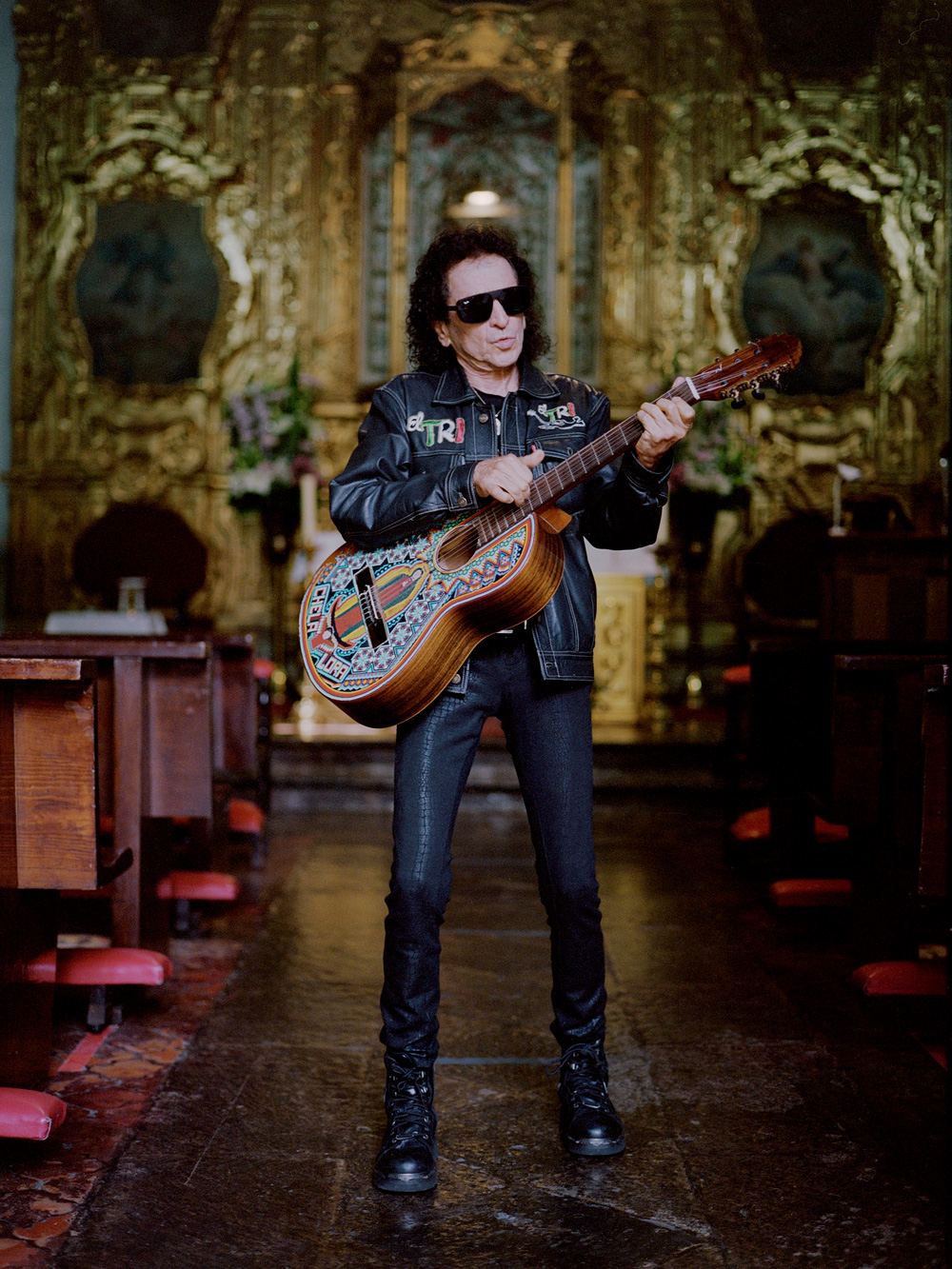
Alejandro Lora was born in Puebla, with his family later settling in the upper-middle class neighborhood of Colonia del Valle. Learning to play guitar with a teacher, Lora soon developed his nascent skills with his school’s estudiantina—a musical ensemble that sing traditional Spanish songs, he then realized the chords of songs like “Página Blanca” and “La Malagueña” were the same as some of The Beatles songs.
Soon, some of his classmates would jam on ‘60s rock material and bands would form. Lora’s band with Carlos Huaptvogel and Guillermo Berea shuffled through names like Los Avengers, Music Bottles, and Middle Age before settling for Three Souls In My Mind, playing their first show on October 12, 1968 with Lora being shoved onstage after firing their singer for dressing too square for their hippie taste. “We started playing at our school, Instituto Zumárraga, and we’d play parties and school functions,” says Lora of the early days. “We’d play the nice part of town, we’d play big houses in Narvarte, Del Valle, Lomas, Pedregal, and Coyoacán, we’d play backyards and fronton [a variation of squash] courts. Sometimes we’d play to 800 or 1,000 people, sometimes 2,000. But Avandaro changed our perspective.”
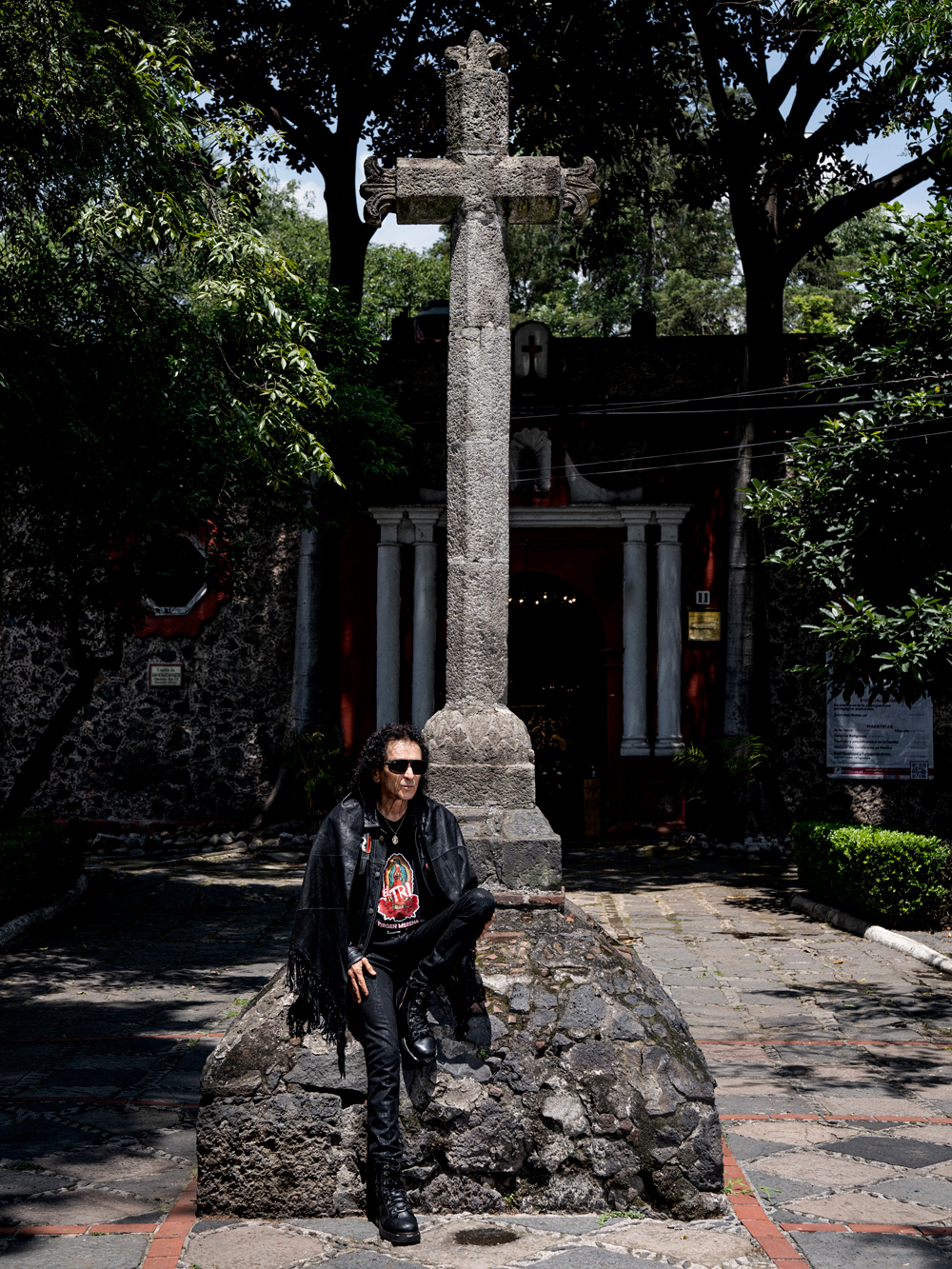
Mexico’s answer to Woodstock, Avandaro soon became a watershed event. Originally expecting 25,000 people for the two-day event, the turnout has been estimated between 100,000 and 500,000 attendees. “That’s when we realized that what we were doing was for real, ‘que viva el rocanrol!’ [laughs],” remembers Lora. “Because we went onstage at Avandaron and there were so many people you couldn’t see the end of it, you could see the Earth’s curve! That’s when we realized this was serious.” Three Souls have the distinction of being the first and last band to play Avandaro. Having chosen to camp on the festival grounds instead of taking a room at the hotel in the local golf field like the rest of the bands, Three Souls were asked to do the soundcheck for the festival; once onstage, they realized some 25,000 fans were already present and decided to play a whole set. At the time, they didn’t have material denouncing social injustices so instead they dedicated a cover of the Rolling Stones’ “Street Fighting Man” to the victims of the Tlatelolco and the Halconazo massacres. Their repertoire and that of Mexican rock would soon change.
The festival’s free love and “reckless” open drug use made headlines, and the radio broadcast was cut once the band Peace & Love sang their pro-cannabis song “Marihuana” as well as swear words in their banter. The backlash was strong in Mexico and effectively destroyed rock n’ roll’s chances of survival in the country, closing venues and reducing space in the media for the music. While many bands broke up or went pop in hopes of bypassing the backlash; not Three Souls. “If there wasn’t repression, true rocanrol in Mexico wouldn’t have been born. It would have remained a complacent sort of music,” declares Lora. “Real rock music—rebellious and streetwise—was born after that, and it wasn’t until the mid ‘80s that things came out of the underground and into the surface.”
Rock music retired to the fringes of the city. Along with the few establishments that allowed rock bands to play, bands thrived in hoyos funky—storage places or abandoned establishments like ballrooms or gyms converted into makeshift venues. ”Our friend [author] Parménides García Saldaña came up with the name ‘hoyos funky’ for the venues we were playing,” says Lora of those days. “We would play three sets every day in one or two hoyos funkys until 8:30 at night. We would do it daily except on weekends where we played another four sets at the Champagne A Go Go club. We would play with Javier Batiz, Peace & Love, Búfalo, Los Tequila, and they would play three sets a night. If there was a world record for the amount of shows played, we would definitely win it.”
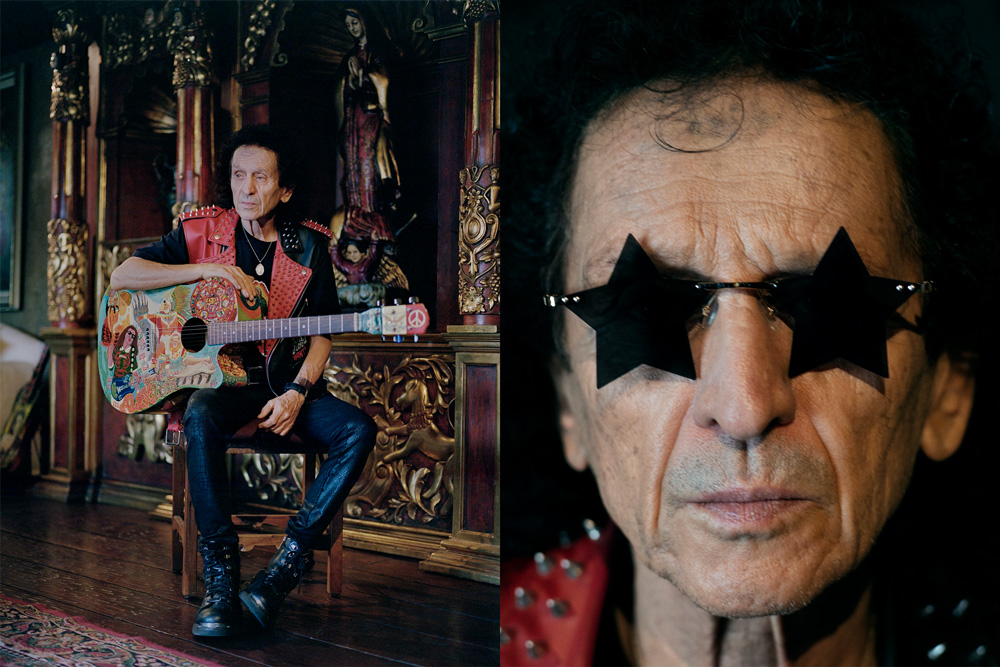
If anyone knows anything about Lora, it is that his “domadora” is never far behind. Chela García Guerrero is perhaps the most important person maintaining the legacy of El Tri alive. Meeting in Avandaro but marrying in 1980, García soon became the head of operations which caused a rift in the band, which came to a head a few years later. “She gives coherence to my stupid shit,” says Lora. “Before she became the band’s manager, I was the manager, along with the driver, roadie, guitarist, singer, and shoulder to cry on for my bandmates. I was a shitty manager! Nothing worked out for us. Once she became the manager, everything started going great, and if she wasn’t there, I don’t think El Tri would still be around. I probably would have been dead for some years if it wasn’t for her.” Chela can also be seen onstage with El Tri and has co-written songs with Alex, “Pamela” being one example.
After a legal battle, drummer Huaptvogel took the Three Souls In My Mind name and broke off from Lora; undeterred, he and the rest of the band reformed under the name El Tri—a informal shortening of their name, as well as a reference to the tricolor Mexican flag—and recorded Simplemente. Picking up where his other band left off, Simplemente included hits like “Triste Canción” and a cover of the Rodrigo González track “Metro Balderas.”
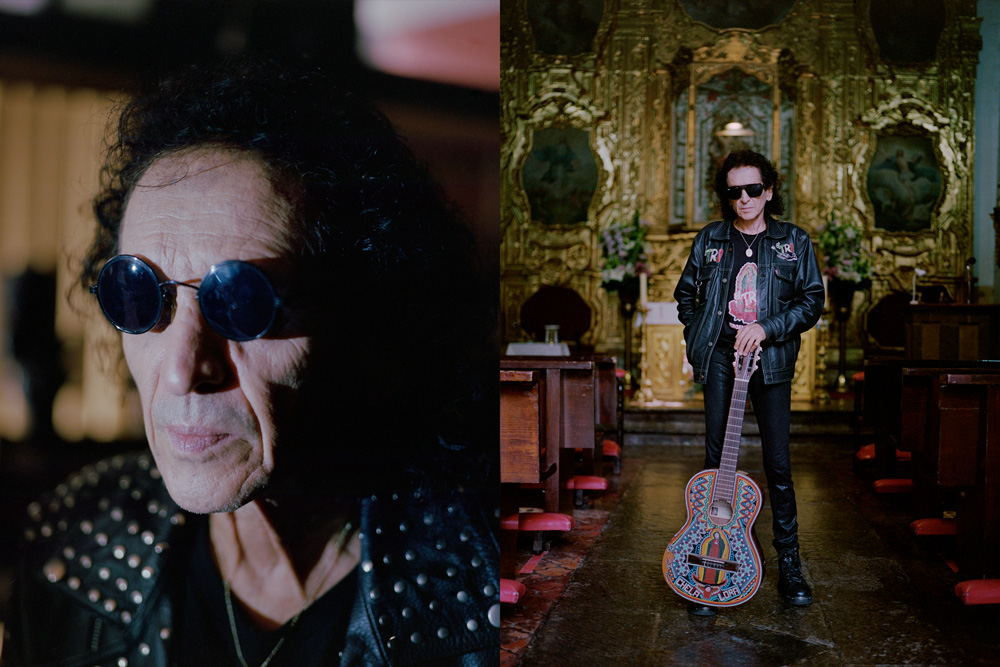
Each subsequent album would bring more hits, narrating the lives and struggles of those in need, like the orphaned street kids in “Niño Sin Amor,” “Sara” about drug kingpin Caro Quintero and his lover, “El Boogie del SIDA” about the AIDS epidemic, and “Indocumentado” about border relationships, among many others. “Our raza’s thing is all about singing to our disgrace,” says Lora. “[Sings] ‘ay ay ay, canta y no llores, porque cantando se alegran se alegran, cielito lindo, los corazones.’ If you sing, your problems become less heavy, you can even laugh about your woes. That’s the blues and that’s Mexican music, but also it’s tango and bolero peruano. Mexico also has the valemadrismo of José Alfredo [Jiménez], it’s reflected in all Mexican music.”
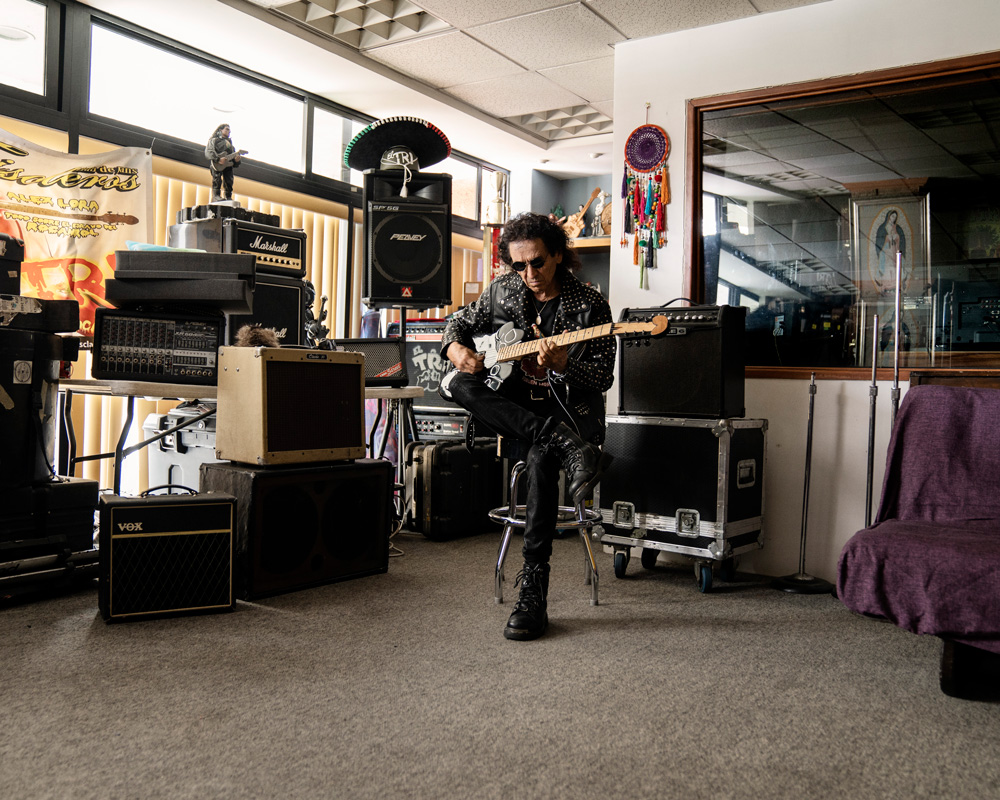
Most of his oeuvre as an author as well as the covers he has incorporated to their sets and albums talk about the specificity of troubles in Mexico, yet Lora and El Tri’s following is massive around the world. When asked about it, he says that the themes are universal. “The pandemic proved that we’re all going through the same thing, the whole world was affected by it. On the new album there’s a song called ‘No Quiero Ser Presidente’ and people from Peru are sure I wrote it about their political situation, while people from Argentina are sure it’s about them; same with Ecuador, Guatemala, Chile; you name it. Sometimes I play the new songs and I tell la raza, ‘how does it go?!’ and they already know the lyrics and sing along because they’re going through it.”
It’s hard to overestimate Lora and El Tri’s influence. Not only is their music and lyrics an important and prevalent influence in the music of everyone from Rodrigo Gonzalez to Molotov, but their never surrender attitude has paved the way for many others to play anywhere they’ve have them, open their own venues, record anyway they can, and keep playing loud and brash rock n’ roll. “I’ve never pretended to be anything other than who I am,” Lora says of his career. “Back when we were playing Champagne A Go Go and hoys funkys in the ‘70s I never thought ‘Man! One day I’m going to win a Grammy with José Feliciano, Rubén Fuentes, Les Luthiers, and Linda Ronstadt.’ I never thought there would be a statue of me in Guadalajara, another in Los Angeles, and another in Puebla, or the Florida del Inca medal in Peru or any of the honors. I never thought I would play with the Rolling Stones. I just said, ‘I don’t care about anything else other than playing the music I love, ¡Qué viva el rocanrol!”
